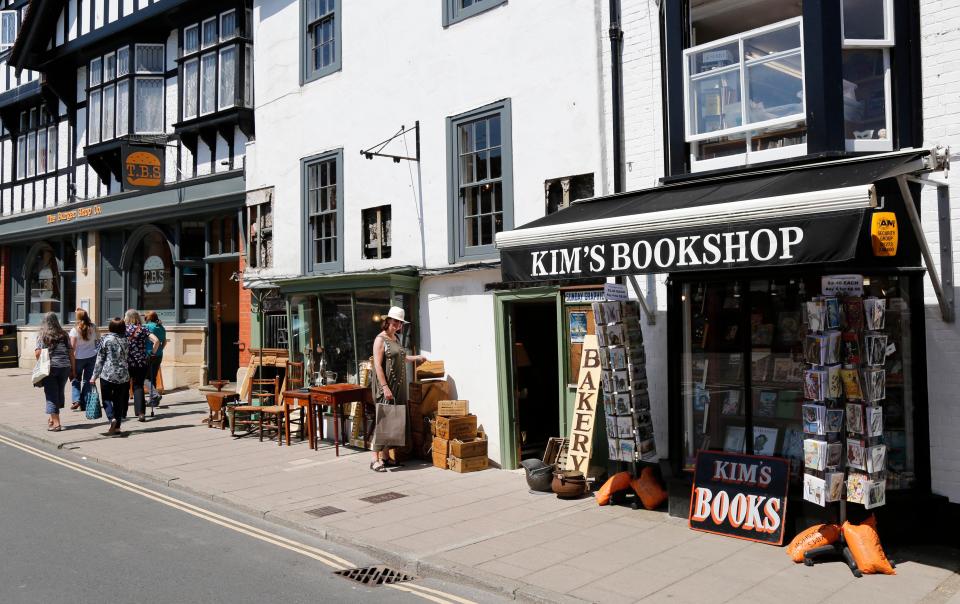Loch nam Breac Dearga, is a hidden lochan perched 475 metres above the UK’s most voluminous lake, Loch Ness, on the Great Glen in Inverness-shire.
It holds an answer to how Britain reaches net zero.
The Great Glen’s topography of deep water surrounded by vertiginous hills provides ideal conditions for pumped storage hydropower, a system that uses large bodies of water to store power, facilitating the UK’s energy transition by tackling the problem of renewables’ intermittency.
As the UK increasingly turns to wind power to decarbonise the electricity grid, long-term energy storage is vital for dependable renewable power when the wind does not blow — a gap currently bridged by fossil fuels.
Pumped hydro schemes elevate water from a lower to a higher reservoir when electricity is abundant and cheap, releasing it back through a turbine to meet surges in demand.

Glen Earrach Energy, formed by the owners of the Balmacaan Estate where Loch nam Breac Dearga is situated, is planning the largest such scheme on Loch Ness, with a capacity of 2 gigawatts, seeking to tap into the home of the mythical monster for a vast so-called water battery.
The firm estimates that the scheme will reduce the national grid’s post-2030 carbon footprint by 10 per cent and save £2bn in grid operating costs in the first 20 years of operation. Its size and height differential will make it the most efficient in the UK, maximising power output while minimising the impact on Loch Ness water levels, it said.
“This is how the UK becomes a green energy superpower,” said Roderick MacLeod, director of family-owned Glen Earrach. “The UK has a massive offshore wind resource, so the question is how to smooth it out so it can be usable in the UK and also countries abroad,” he said.

The UK is playing catch-up with other parts of the world, such as China, Japan, the US and Europe, where the technology is growing rapidly as a means of stabilising renewables generation.
The world’s 179GW of pumped storage hydro capacity, which forms 90 per cent of overall installed global energy storage, is expected to increase by almost 50 per cent to about 240GW by the end of the decade, according to the International Hydropower Association.
The operator of the UK grid has projected that 7GW to 15GW of long-duration electricity storage would be required by 2050 as the government targets net zero emissions.
The UK’s four existing 2.8GW pumped storage hydro facilities in Wales and Scotland were built more than four decades ago, when energy was state owned.
But opposition is forming to a hydro “gold rush” around Scotland’s most famous loch.
The 300-megawatt Foyers Power Station, operated by energy group SSE, was commissioned half a century ago via a link to the 19th-century Loch Mhor Dam, which used to power aluminium production in the Highlands. Other prospects on Loch Ness include Statera’s 600MW at Loch Kemp and Statkraft’s 450MW at Loch na Cathrach.
The slew of projects around the tourist hotspot threatens the loch’s fragile ecosystem, including juvenile salmon and shoreline invertebrates, because of rapid, frequent water drawdowns, said Brian Shaw of the Ness District Salmon Fishery Board.
“There are huge risks involved — it’s hard to see how they [developers] can demonstrate they can leave biodiversity in a better condition, it’s simply not possible,” he said. “There is a gold rush of companies trying to get access to these waters.”

MacLeod, who aims to start construction in early 2026, said high-head projects such as Glen Earrach’s — with larger vertical distance between the lower and upper reservoirs — would benefit the local economy while also minimising water-level changes. The flow of water through Loch Ness would also help mitigate fluctuations, he added.
A Scottish government spokesperson said impacts on communities and nature were “important considerations” and all applications were subject to “site-specific assessments”.
As well as bringing local communities on side, other challenges to such grandiose engineering feats include expensive upfront costs, lengthy construction and uncertainty around operational revenues.
Glen Earrach said it had made significant progress in developing the £2bn project and was now seeking to raise equity funding.
The government, industry executives said, was set to unveil a “cap and floor” price stabilisation mechanism that would guarantee minimum revenue for operators while capping excessive returns.
Developers say such a mechanism — similar to the one used for electricity interconnectors that share power between neighbouring countries — could unlock billions of private sector investment into UK hydro projects, primarily in Scotland and Wales, where the most favourable geographical conditions are found.
“We are embracing the future of energy production and storage and will lay out further plans on this in due course,” said a UK government spokesperson.
Further south at Loch Lochy, energy group SSE is funding ground condition surveys at its 1.5GW Coire Glas project, drilling and blasting 1.2km tunnels into subterranean caverns near where an underground powerhouse complex could be located for the generators.
SSE has ploughed in £100mn so far ahead of an implementation of a cap and floor policy that Mike Seaton, project director for Coire Glas, hopes can be in place for developers by the first or second quarter of next year.
Seaton said SSE had garnered interest from other utilities and institutional funds for co-investment. “There are lots of interest, but they will need this cap and floor — without this there will be no projects,” he said.










































































































































You must be logged in to post a comment Login